Fume Hood Installation Guide, Maintenance,
and Safety Tips
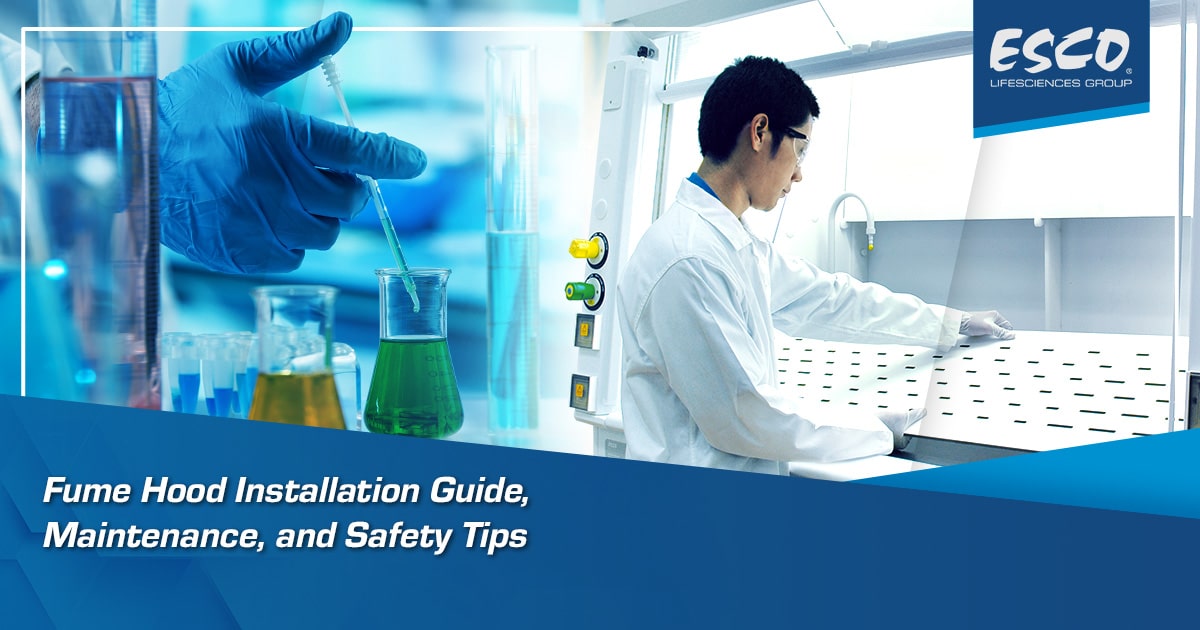
What are fume hoods and its uses?
Fume Hoods are ventilation devices designed to capture and remove chemical vapors, fumes, odors, and particulates. This equipment is designed to provide protection from toxic chemical fumes and is essential in most laboratories as it is the primary method of exposure control. Currently, two types of hoods exist: Ductless Fume Hood (equipped with filters) and Ducted Fume Hood (with ducting system).
Esco Lifesciences offers both types of fume hood solutions:
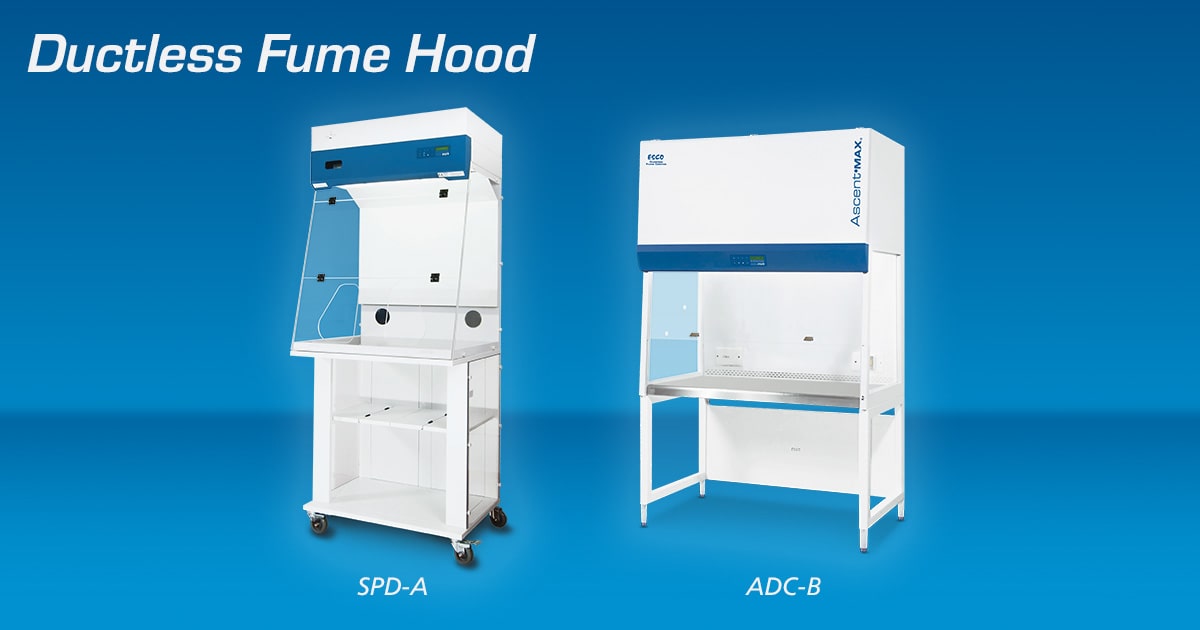
Ductless Fume Hood utilizes carbon or HEPA filters to remove toxic fumes and provide a safe working environment for the user. This equipment is primarily designed to handle simple applications such as transfer of solutions, sample preparation, dilution, and titration. These containment devices do not require any installation and make-up air system eliminating laboratory downtime. It is also convenient to use, promotes energy-savings, and can easily be relocated.
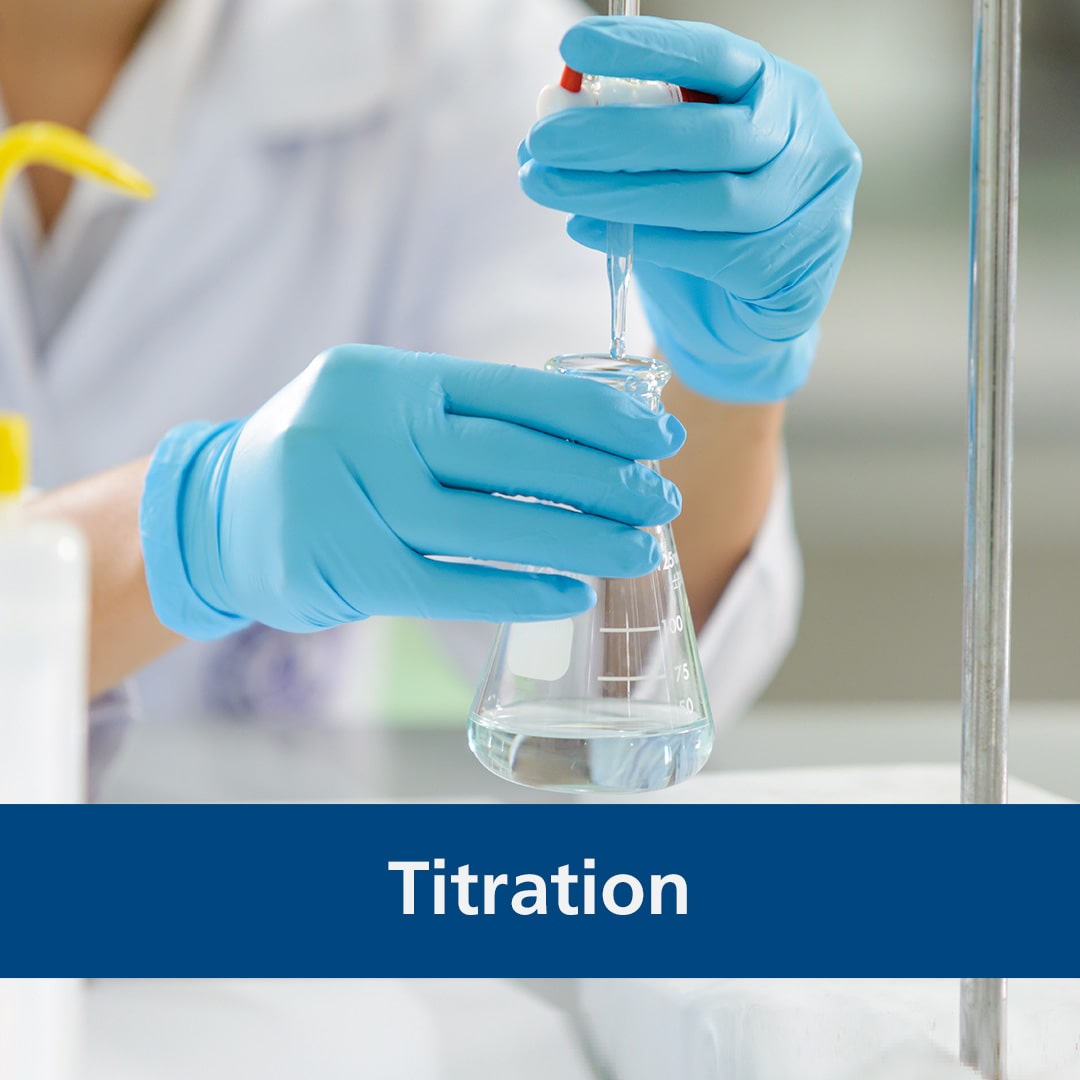
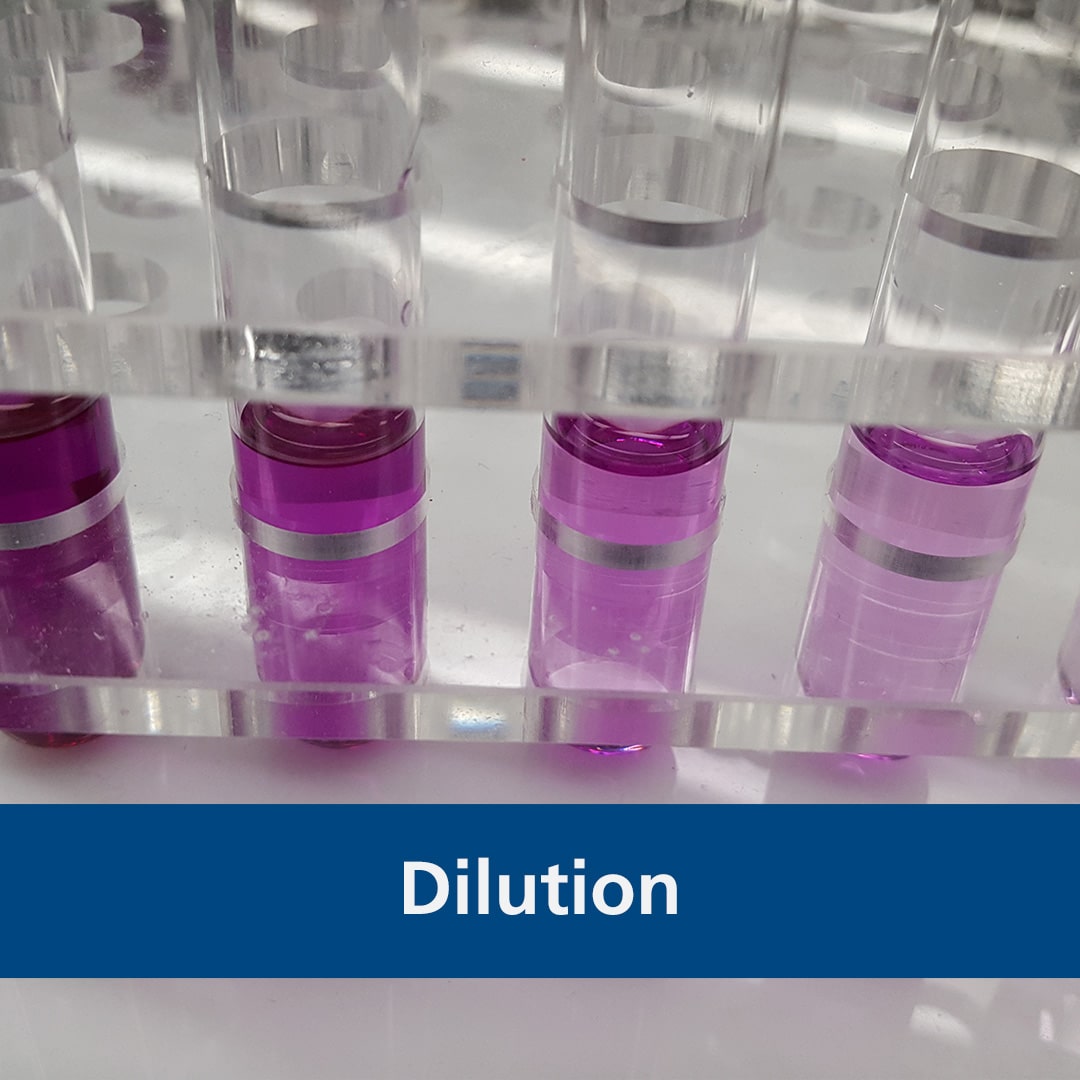

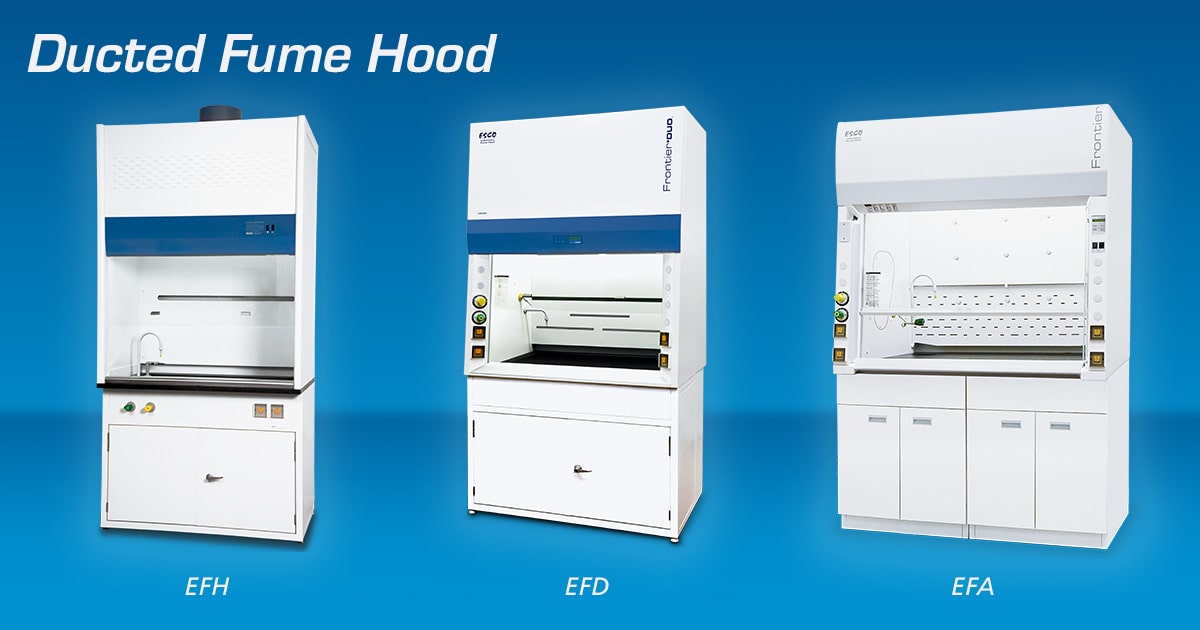
Ducted Fume Hood requires an installation and makeup air system to exhaust chemical fumes. This type of engineering control is designed with robust features and constructed from more chemical-resistant materials to withstand a wider range of chemical analysis. Ducted fume hood is suitable for applications involving high temperatures such as digestion, evaporation, and melting and is also ideal for procedures dealing with large volumes of chemicals.
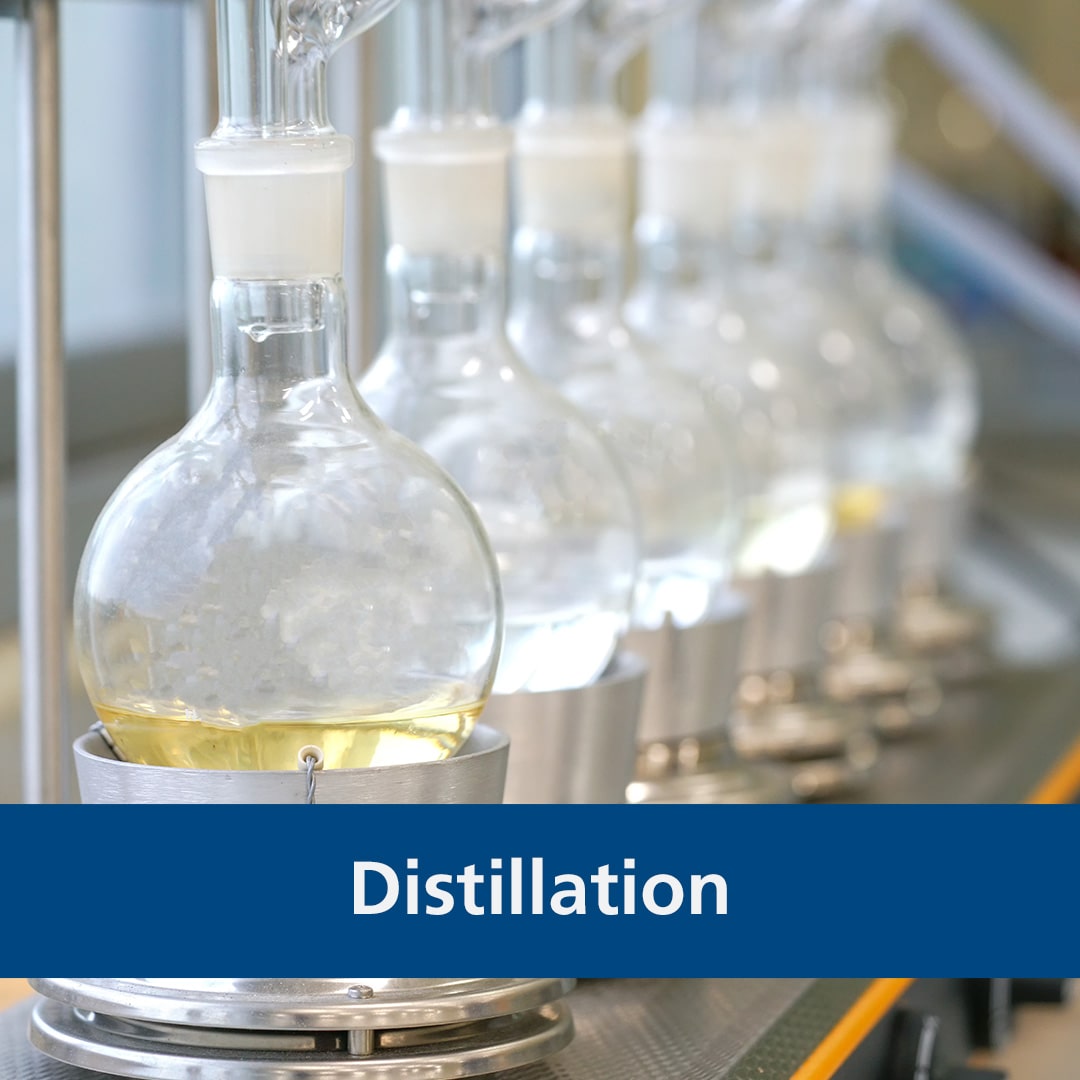
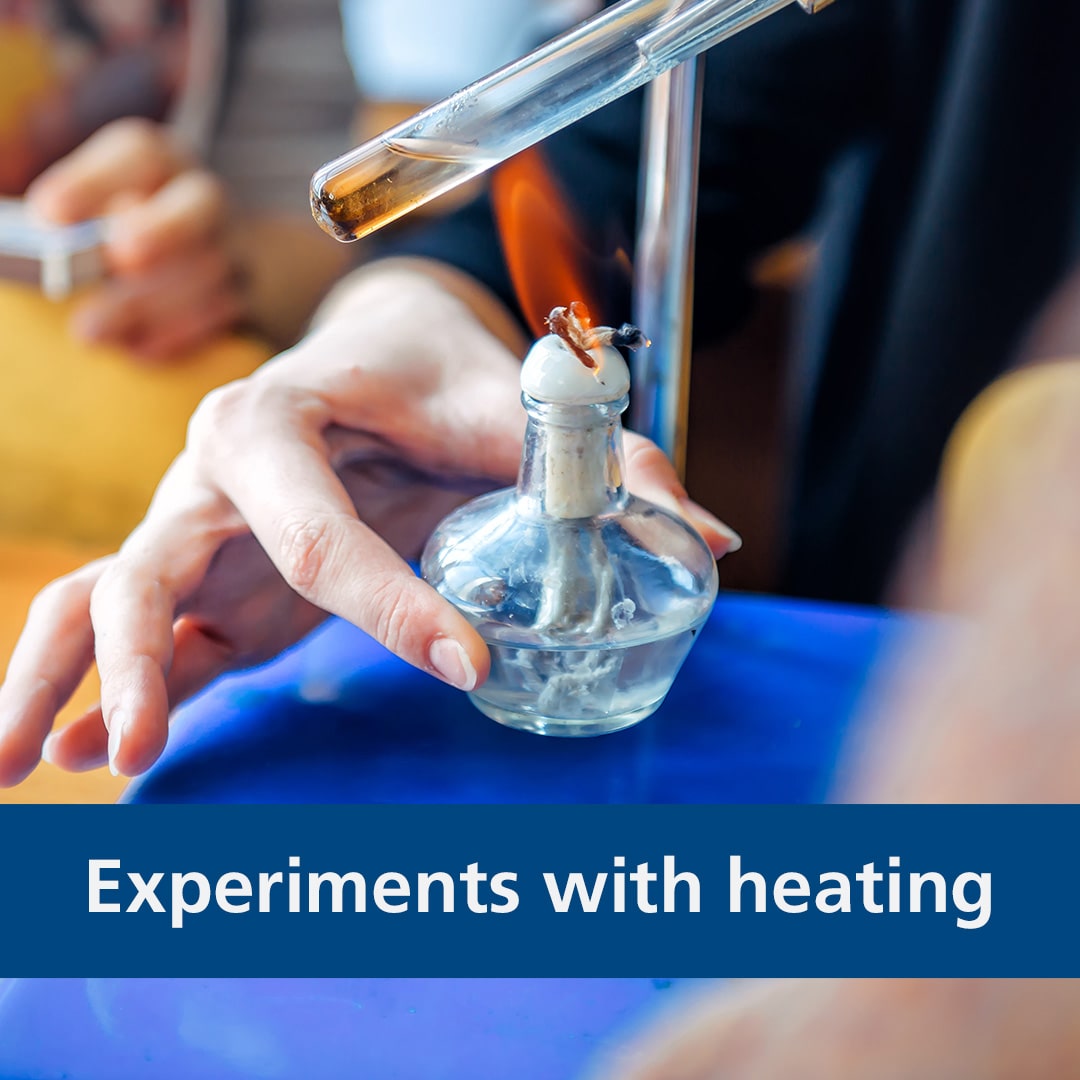
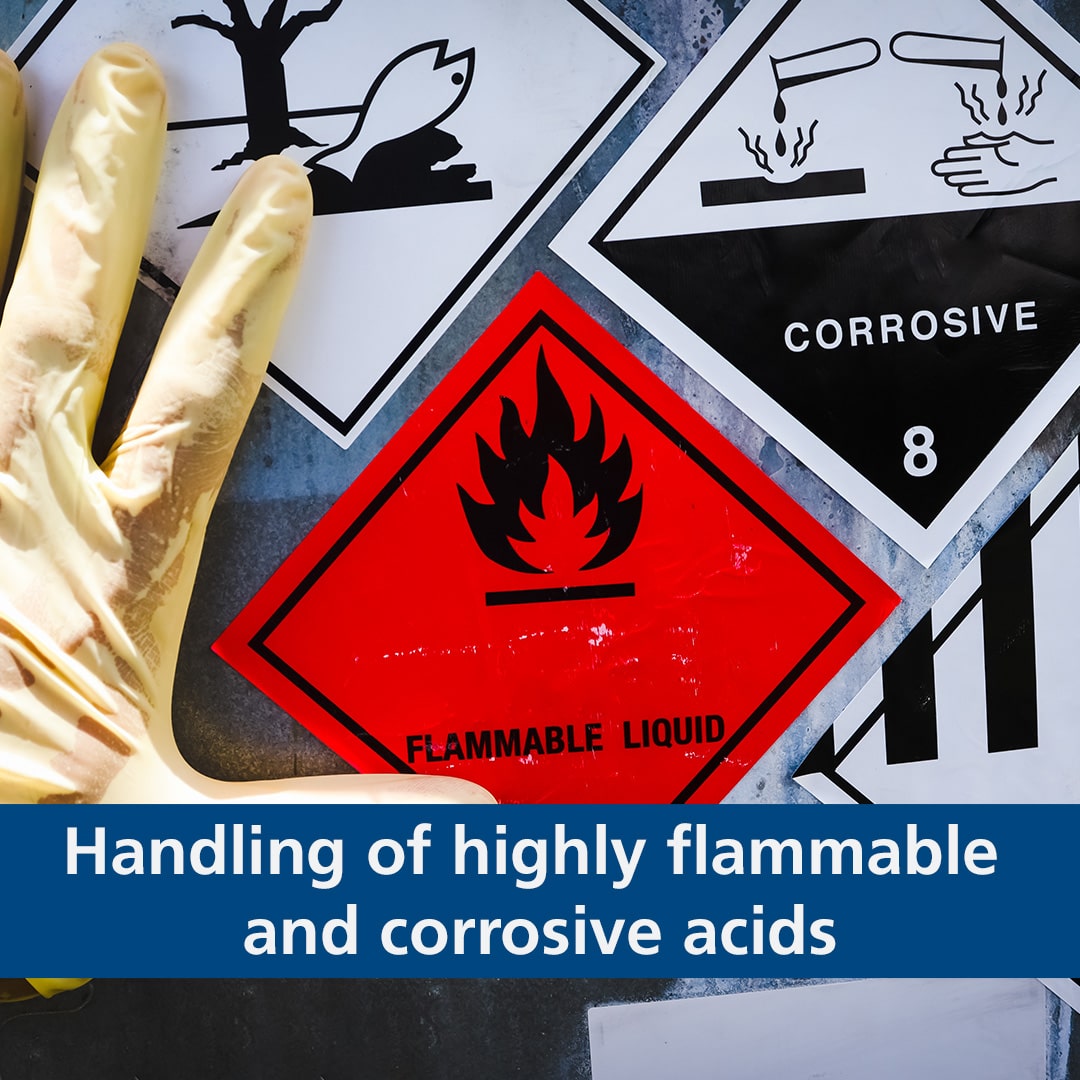
How to properly install a fume hood
The placement of the fume hood is an important factor to consider. Since airflow containment devices are sensitive to airflow disruptions, a bad location may affect the overall performance of the unit. Here are some guidelines on how to properly install your fume hood.
Environmental requirements
- For indoor use only
- Altitudes of up to 2,000 meters
- 20%-90% relative humidity
- Temperature between 18°C-30°C
Note: It is recommended that the temperature in the laboratory be maintained within a ±2°C range under all conditions.
Location Requirements
- When installing the fume hood, it should be located as far away as possible from sources of airflow disturbances and in an orientation which optimally shields the fume hood’s airflow from all external airflow disturbances.
- The fume hood should be installed away from any kind of heat sources (heaters, fan converters, etc.) to facilitate an optimum operating condition.
- An adequate space of at least 30 cm must be left on the back and sides of the unit for easy cleaning.
Position Requirements
- Any pedestrian routes or walkways should be at least 1.0 m from the front of the fume hood.
- If there are opposing fume hoods, the distance from the aperture should be more than 3 m.
- Obstructions such as pillars or columns in the laboratory should not be within 30 cm of the sides of the fume hood.
- If there are opposing walls or obstructions, the fume hood should be placed at least 2m away to avoid airflow disruption.
Exhaust Requirements
- For ductless fume hoods, clearance of at least 30 cm is recommended between the highest point of the cabinet and ceiling.
- For ducted fume hood, make sure that the ducting is leak tight and is resistant with the chemicals being handled.
- For easier service, a minimum clearance of 50 cm is recommended.
How to correctly maintain and clean your laboratory fume hood
To provide superior fume containment, fume hoods must be well maintained and kept in their optimum condition. Recommended fume hood maintenance procedures are as follows:
General Maintenance Checklist for Ductless Fume Hoods
| No. | Description of Task to Perform | Maintenance to be carried out every | |||
|---|---|---|---|---|---|
| Week | Month | Quarter | 1 Year | ||
| 1 | Check the alarm and measure the airflow | ✔ | |||
| 2 | Clean the work surface and interior walls | ✔ | |||
| 3 | Clean sash using glass cleaner | ✔ | |||
| 4 | Measure the ductless fume hood’s face velocity | ✔ | |||
| 5 | Check the fans, motor, drives, and bearings for proper operation | ✔ | |||
| 6 | Check fluorescent tubes for proper operation | ✔ | |||
| 7 | Test the airflow alarm | ✔ | |||
| 8 | Repair defect and lubricate as necessary | ✔ | |||
| 9 | Change fluorescent lamps | ✔ | ✔ | ||
| 10 | Recertification | ✔ | |||
| 11 | Change the carbon filter | ✔ | |||
General Maintenance Checklist for Ducted Fume Hoods
| No. | Description of Task to Perform | Maintenance to be carried out every | |||
|---|---|---|---|---|---|
| Week | Month | Quarter | 1 Year | ||
| 1 | Clean the interior work surface and walls | ✔ | |||
| 2 | Clean the sash and all glass surfaces | ✔ | |||
| 3 | Check airflow pattern using a smoke generator | ✔ | |||
| 4 | Inspect the controls of the services to the fume hood | ✔ | |||
| 5 | Clean the exterior surfaces of the fume hood | ✔ | |||
| 6 | Check for any blockages at the hood baffles | ✔ | |||
| 7 | Determine the face velocity and ensure that the hood is operating properly | ✔ | |||
| 8 | Inspect the fume hood for any physical abnormalities or malfunction | ✔ | |||
| 9 | Check the sash for proper operation | ✔ | |||
| 10 | Change the fluorescent lamps | ✔ | |||
| 11 | Recertification | ✔ | |||
Common Testing procedures for Fume Hood’s maintenance
To ensure the containment efficiency of a fume hood, it is recommended to have it calibrated and maintained at least once a year. American Standard ASHRAE 110-2016 and European Standard EN141751 are the basis of the following test procedures to check the fume hood’s ability to contain fumes and evaluate the hood’s performance.
1. Face Velocity Measurement Test
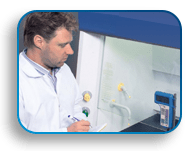
Face velocity measurements determine the average velocity of air moving perpendicular to the hood face. The measurement is expressed in m/s or fpm. Face velocities will often provide information concerning the fume hood's ability to properly control contaminants.
2. Airflow Visualization
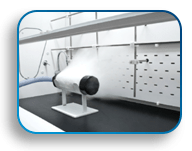
| Grading | Observations |
| Fail |
|
| Poor |
|
| Fair |
|
| Good |
|
Local and gross airflow visualization tests are conducted to observe airflow patterns inside the work area. This test qualitatively checks a hood’s ability to contain vapors. Airflow visualization, also known as smoke pattern test, can detect any leakages in the cabinet’s design if fumes can be seen escaping from the hood.
3. Tracer Gas SF6 Containment Test (Optional with separate costs)
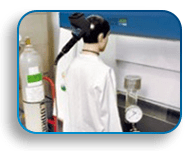
Using Sulfur Hexafluoride, this test checks how efficient and effective the fume hood is for containing hazardous fumes. This test consists of 3 parts: static gas leak, face hood surface scan, and sash movement effect.
4. Carbon Filter Test (Applicable for Ductless Fume Hoods, Optional with separate costs)
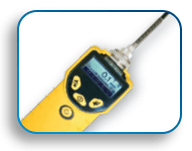
RAE meter is used to check if the carbon filter is still functional or if it is saturated and needs to be replaced. The RAE meter is placed at the exhaust of the ductless fume hood and will detect the concentration of VOCs present. A high concentration of signal indicates that the filter is saturated and must be changed.
5. Light Intensity and Noise Level Test (Optional, with separate costs)
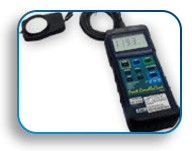
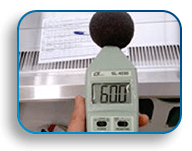
These tests check if the fume hood’s light intensity and noise level are within the acceptable range. This is to ensure that the fume hood is ergonomic and will not cause distractions to the operator.
How to efficiently clean your fume hoods
- Clean the work surface and walls with an appropriate disinfectant agent or soapy water. Do not use chlorine-based solutions or bleach.
- Clean the sash window using an appropriate glass cleaner.
- Use a damp cloth to clean the exterior surface of the fume hood, particularly the front and top to remove accumulated dust.
- Use clean water for rinsing and to wash away any residue of disinfectant agent, soapy water, and glass cleaner.
- For removing stubborn stains or spots on stainless steel surfaces, use MEK (Methyl-Ethyl-Ketone). Rinse immediately with clean water and liquid detergent. Use a polyurethane cloth or sponge for washing.
- Ensure that there’s no blockage in and behind the baffle.
How to work safely with fume hoods
- Always use a fume hood for applications, experiments, and procedures where chemicals are handled. In cases of spillage, explosion or fire, a fume hood can temporarily serve as shield and containment. Ensure that the fume hood is durable and compatible with your application.
- Do not use a fume hood for handling pathogens or biological samples. Fume hoods are not designed to handle biohazards, they do not provide sample protection and are not suitable for UV decontamination.
- Minimize external airflow disturbances. Fume hood must be placed away from foot traffic, windows, and doors. External airflow may cause turbulence and affect containment. Also, fume hoods are advised to be placed side by side rather than facing each other.
- Know and check your airflow! For fume hoods, air always goes into the hood, away from the operator and upwards through the carbon filters or directly into the ducting. As per ASHRAE 110-2016 a properly working fume hood should have a face velocity between 0.3-0.6 m/s at proper sash height level. For ducted fume hoods, ensure that the exhaust system has been turned on before starting work.
- Mind the sash. When working, keep the sash at the recommended height level. Only go beyond the maximum opening when loading tall apparatus. Remember that the lower the sash, the safer you are. If the fume hood is not operational, make sure to fully close the sash. In cases of power outage, and active alarms, immediately cease experiment, and then close the sash.
- Wipe chemical spills immediately. Avoid cleaning spills with incompatible solvents as this may result in worktop deterioration. Do not use bleach to clean stains as this may damage the fume hood unit further.
- Declutter and keep things organized. A Fume hood should not be used for chemical storage. Do not keep reagent bottles, beakers, flasks, and test tubes in the work area. Storing chemicals and overcrowding will cause airflow disruption and will affect containment. Only place the reagents and equipment that you need for the current procedure. Always keep your work area clean to prevent accidents and contamination.
- Dispose of chemical waste properly. Do not at all cause, throw chemicals into the hood's sink or let it evaporate as a form of disposal. Chemicals should be properly placed in their respective waste bottles and must be disposed of according to the facility’s guidelines.
- Perform routine maintenance and certification! To help your fume hood last longer and to ensure superior fume containment, have it checked once a year. Proper maintenance procedures should include face velocity and smoke visualization tests. It is a fume hood's job to remove the risk of chemical exposure but it's our responsibility to have it maintained.
Looking to upgrade your Fume hoods? Esco Lifesciences provides a one-stop-shop from product supply to services and calibration. Check out the buttons below!
Read more: Fume Hood Services, How do Fume Hoods work, Guide to Choosing a Ductless Fume Hood